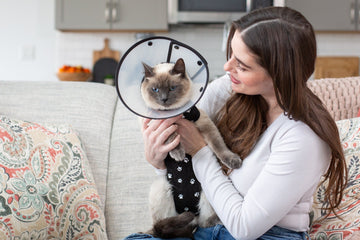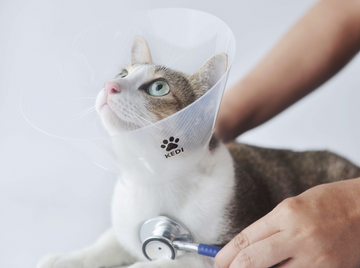As cat lovers, we are often faced with the reality of the growing stray cat population in our communities. Every year, millions of cats enter shelters, and many of them do not find homes. One of the most effective ways to combat this issue is through spaying and neutering. This blog post will explore how many cats are spayed and neutered and highlight the importance of these surgeries in controlling the stray population.
Understanding Spaying and Neutering
Spaying refers to the surgical procedure performed on female cats, which involves removing the ovaries and usually the uterus. Neutering, on the other hand, generally refers to the procedure for male cats, which involves removing the testicles. Both surgeries are common and safe, performed under anesthesia by a licensed veterinarian.
How Many Cats Are Spayed and Neutered?
While exact statistics can vary depending on the region and local initiatives, the American Society for the Prevention of Cruelty to Animals (ASPCA) estimates that approximately 90% of pet cats are spayed or neutered in the United States. However, the numbers for stray and feral cats are significantly lower, with estimates suggesting that only about 20-30% of these cats undergo the procedure.
Organizations dedicated to animal welfare have made significant efforts to increase spaying and neutering rates among strays through various programs, including Trap-Neuter-Return (TNR) initiatives. These programs aim to humanely trap feral cats, have them spayed or neutered, and then return them to their original location, allowing them to live their lives without contributing to the stray population.
The Importance of Spaying and Neutering
1. *Controlling the Stray Population*: One of the primary reasons for spaying and neutering is to prevent unwanted litters. A single female cat can give birth to multiple litters each year, leading to an exponential increase in the stray population. By spaying, we can effectively reduce the number of cats born into a life of uncertainty and hardship.
2. *Improving Health*: Spaying and neutering can lead to numerous health benefits for cats. Spayed females are less likely to develop certain cancers, such as mammary tumors and uterine infections. Neutered males have a lower risk of testicular cancer and are less likely to engage in aggressive behaviors, reducing the chances of injury and disease transmission.
3. *Reducing Behavioral Issues*: Unaltered cats often exhibit undesirable behaviors, such as marking territory with urine, yowling, and roaming. Spaying and neutering can help mitigate these behaviors, leading to a more harmonious home environment for both pets and their owners.
4. *Community Benefits*: By controlling the stray cat population, communities can reduce the strain on animal shelters, lower the incidence of disease among cats, and create a safer environment for both pets and people. Fewer strays can also mean less noise and mess, leading to a more pleasant community atmosphere.
5. *Promoting Responsible Pet Ownership*: Spaying and neutering are essential components of responsible pet ownership. By choosing to alter their cats, owners demonstrate a commitment to the well-being of their pets and the community.
Conclusion
Spaying and neutering cats are vital steps in addressing the growing stray cat population and promoting the health and well-being of our feline companions. With approximately 90% of pet cats altered, there is still work to be done, particularly concerning stray and feral cats. By supporting spay/neuter programs and advocating for responsible pet ownership, we can help create a brighter future for cats and communities alike. Remember, every spay and neuter helps to make a difference!





